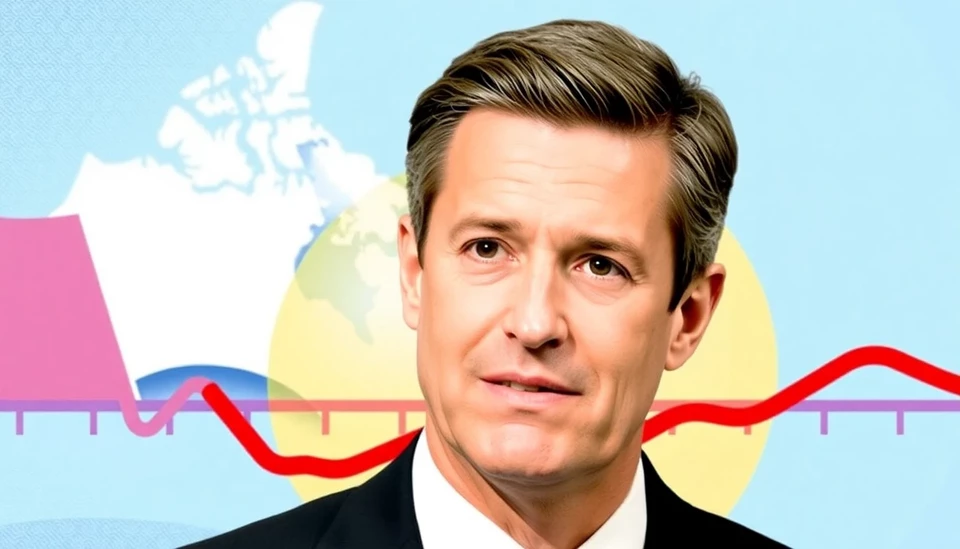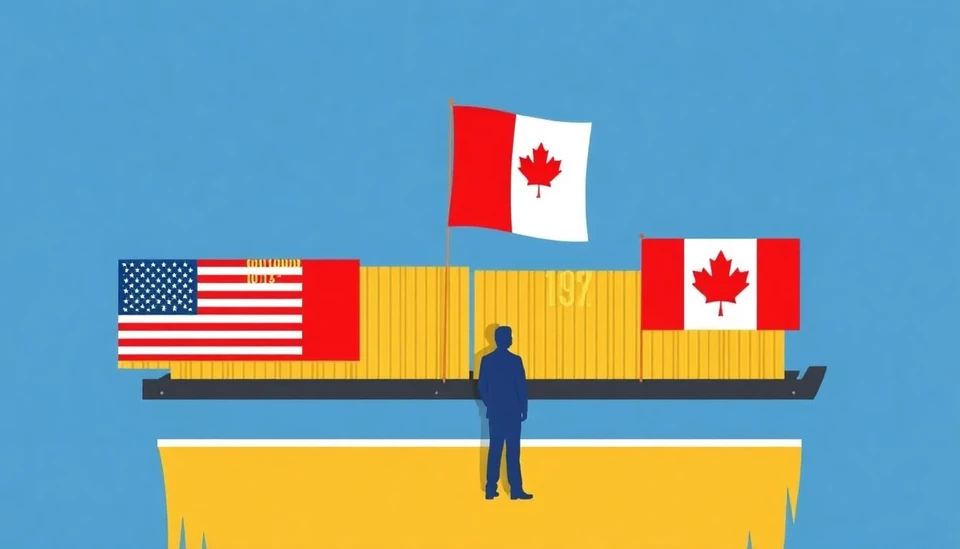
In a significant development for Canada’s economy, recent data has revealed that the country's trade surplus with the United States broadened, primarily attributed to a surge in crude oil exports. This trend, reflected in the latest figures released by Statistics Canada, showcases how the energy sector continues to play a pivotal role in bolstering Canada’s trade dynamics.
As of February 2025, Canada’s trade deficit with the world shrank to $1.5 billion, down from $3.4 billion in the previous month. This narrow margin has largely been driven by a remarkable increase in energy exports, which surged by 8.2% as international energy prices remained high. Crude oil accounted for a significant share of these exports, further cementing Canada’s position as a key player in the North American energy landscape.
The U.S. remains Canada's largest trading partner, absorbing a substantial amount of Canadian crude. This increased export activity is not only crucial for Canada’s economic stability but also reflects global market trends where demand for energy resources continues to rise amid recovering economies post-pandemic.
In addition to crude oil, other sectors such as machinery and equipment also saw positive growth, although they did not match the explosive growth in the energy sector. Analysts note that while crude oil remains central to Canada’s surplus, diversifying exports across different sectors could provide added resilience against market fluctuations.
The data has prompted discussions among economists and policymakers regarding Canada’s reliance on oil exports. While many view the current trend as a boon for Canada’s economy, others caution about the sustainability of such increases, especially as global moves toward renewable energy sources gain momentum.
Looking ahead, experts suggest that Canada should continue to invest in its oil and gas infrastructure while also developing strategies to promote alternative energy sources. Balancing these interests is crucial to ensure long-term economic stability and growth. Furthermore, levels of investment in the oil sector will be closely monitored as Canada navigates its environmental commitments alongside economic objectives.
In summary, Canada’s widening trade surplus with the United States, fueled by robust crude exports, has highlighted the importance of the energy sector in the nation’s economy. As Canada's role in the global energy market expands, the focus will shift towards sustainable practices while capitalizing on current trade advantages.
#CanadaTrade #USEconomy #CrudeExports #EnergySector #TradeSurplus
Author: Laura Mitchell




